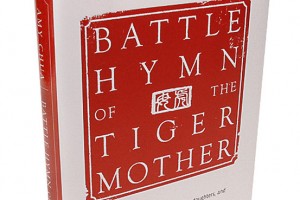“There are two numbers you need to know about climate change. The first is 51 billion. The other is zero.”
So begins Bill Gates’ outstanding new book, “How to Avoid a Climate Disaster“.
Fifty-one billion tons of greenhouse gases generated by human activity are added to the atmosphere every year. This number is increasing.
Zero is what we need to achieve to avoid the worst effects of climate change.

There are some very impressive aspects to this book.
Firstly this is the best overview of the climate crisis faced by the planet I’ve read.
Bill articulates the causes and impacts, the science and the challenges very clearly. He’s applied his obvious intelligence and resources to explore the matter broadly, and as a communicator, shares what he’s learned very effectively.
This book is an holistic education for anyone wanting to get an up to date understanding of the climate crisis.
Usefully the book segments human activity and the various potential developments which are worth pursuing. It’s a non ideological survey of the current and emerging possible pathways to reach zero. I like the way Bill presents, with a pragmatic and open mind.
The five segments explored are:

The next most valuable aspect for me was a critical thinking framework of ‘five questions to ask in every climate conversation’ (Chapter 3).
My favourite was, “What’s your plan for cement?” The production of steel and cement creates about 10% of all emissions, and the question is a reminder that any comprehensive plan needs to account for more than electricity and cars
Finally the most important aspect of the book for me, is that the author is Bill Gates himself, by any metric a World Class Leader.
With his voice and resources now publicly directed toward the climate crisis, our planet gains a powerful advocate.

